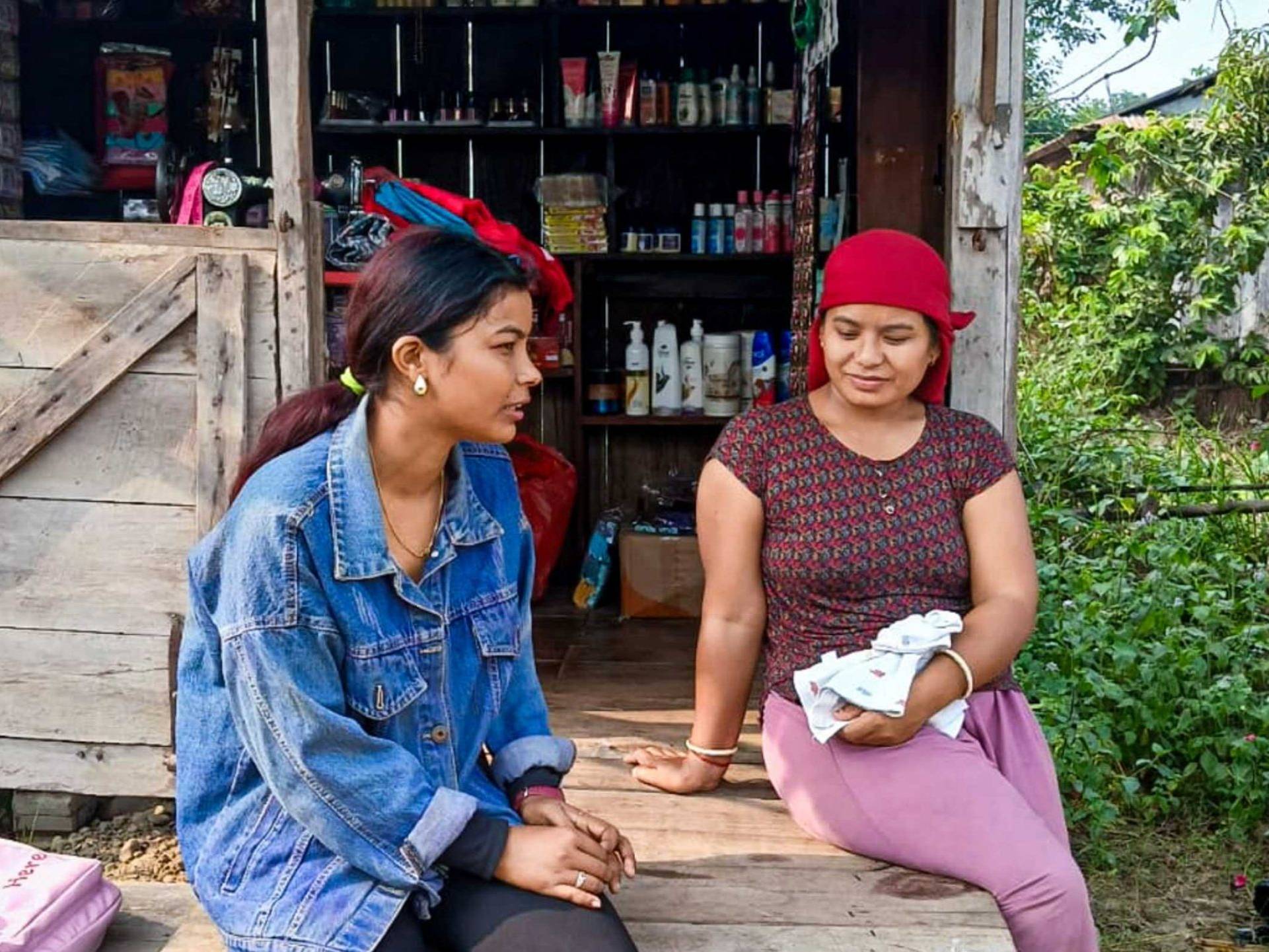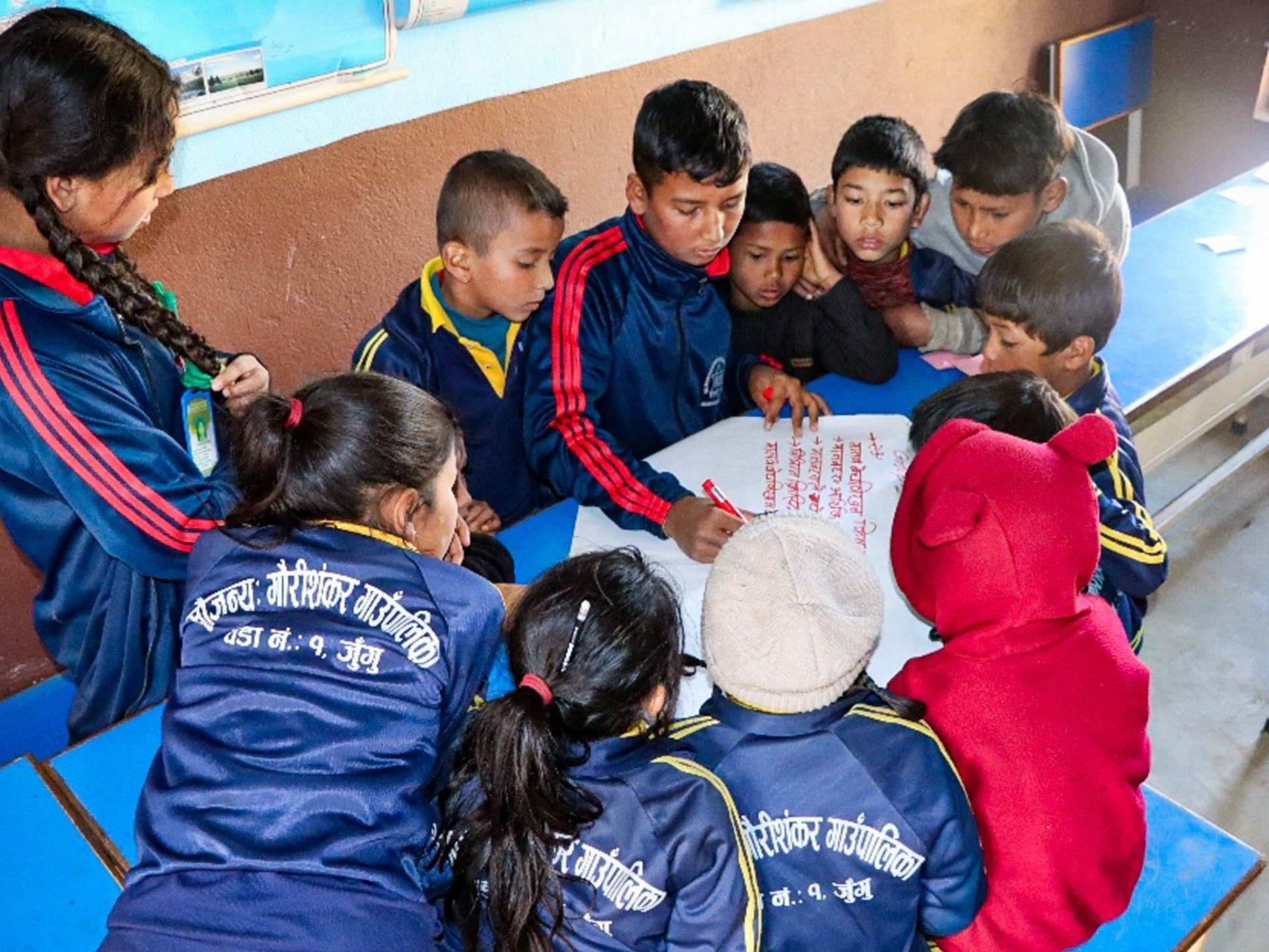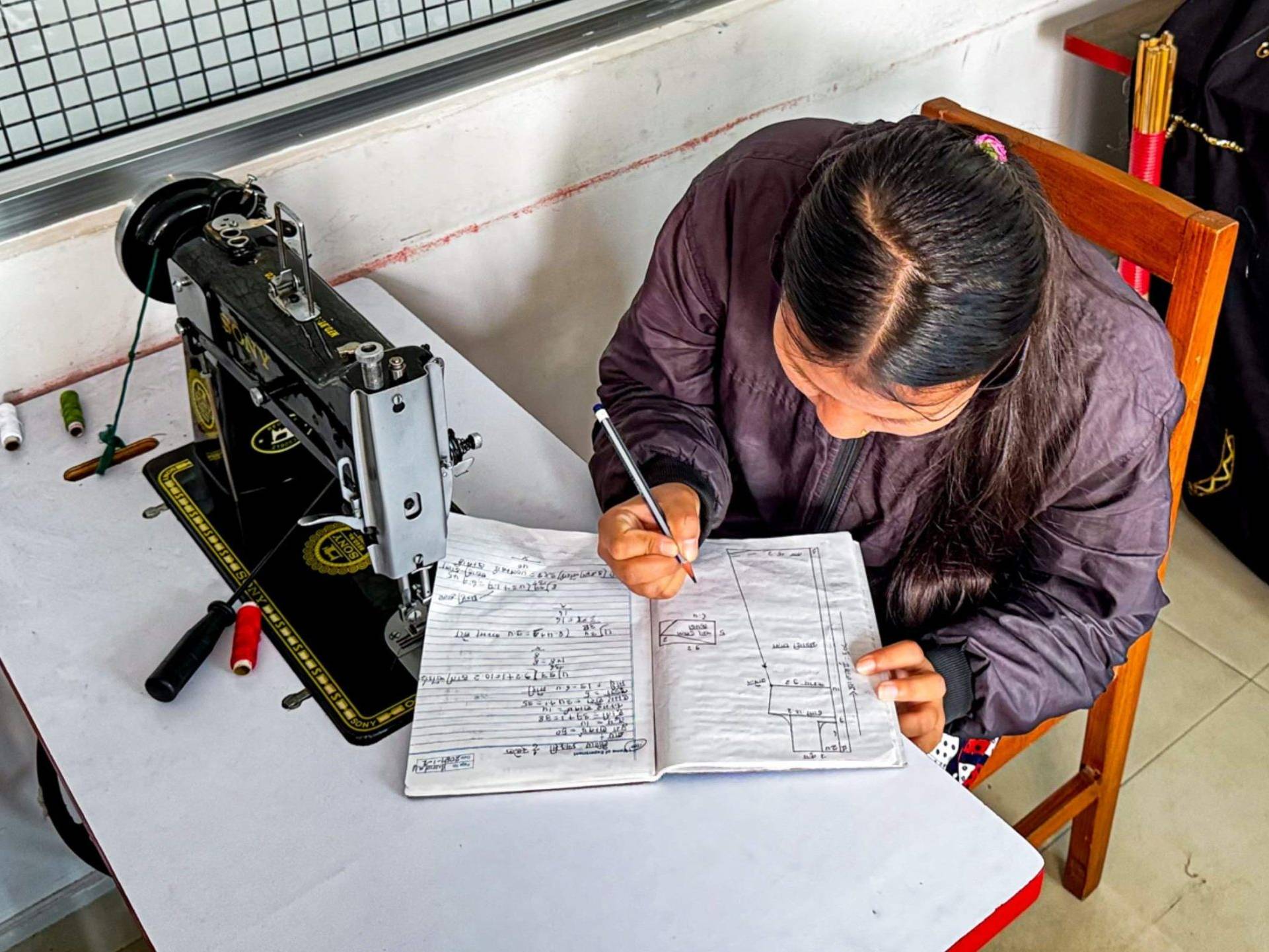We recognize the alarming threats of human trafficking in rural Nepal. It is a pervasive issue that targets the most vulnerable: the impoverished women and children. In response, we conducted an awareness program through our Captivating Village Development Program (CVP) in January among students in the child club across seven schools in the region.
CVP was designed to educate students on the realities of human and child trafficking, equipping them with the knowledge to recognize and respond to such threats. Conducted over three sessions early this year, the awareness campaign reached a total of 93 participants, including students from Grades 1 to 10 and focal teachers from each school.
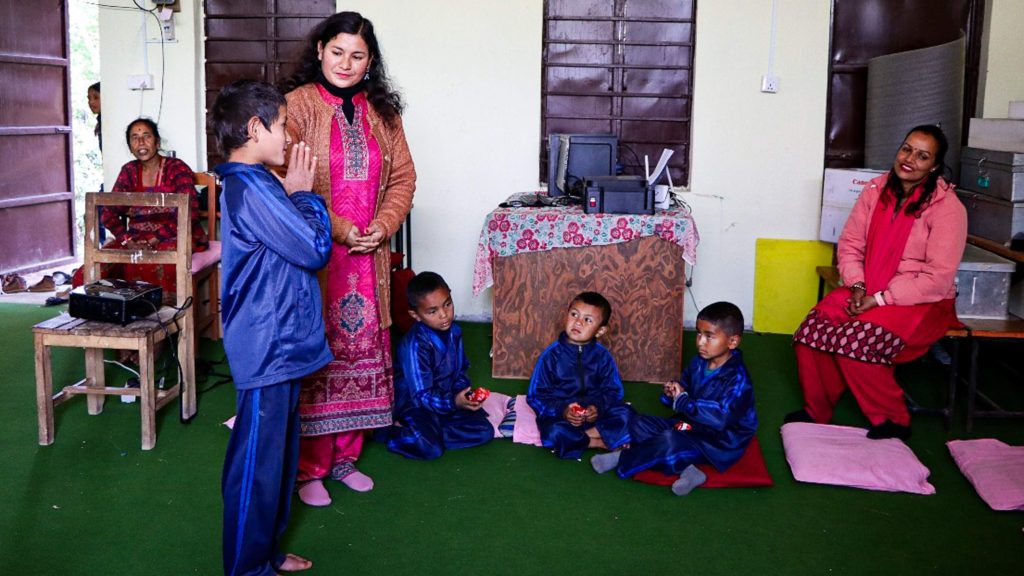
One of the standout features of the campaign was its age-appropriate and interactive approach. At one school, where younger students (Grades 1–4) participated, facilitators used a creative method to communicate a serious message. A trainer, acting as a “suspicious stranger,” offered treats to children—chocolates and biscuits—only to simulate kidnapping incidents.. As students began to understand the risk, they learned a crucial lesson: never accept gifts from strangers! The session was then followed by a 15-minute documentary on child trafficking, further reinforcing their understanding of the threats while still keeping the approach child-friendly.
The older students, on the other hand, grades 5-10—the discussions delved into the causes, factors, and consequences of trafficking, with a special focus on the growing threat of social media as a convenient and attractive trafficking tool. Trainers emphasized the importance of online safety, understanding personal boundaries, and being cautious in unfamiliar situations.
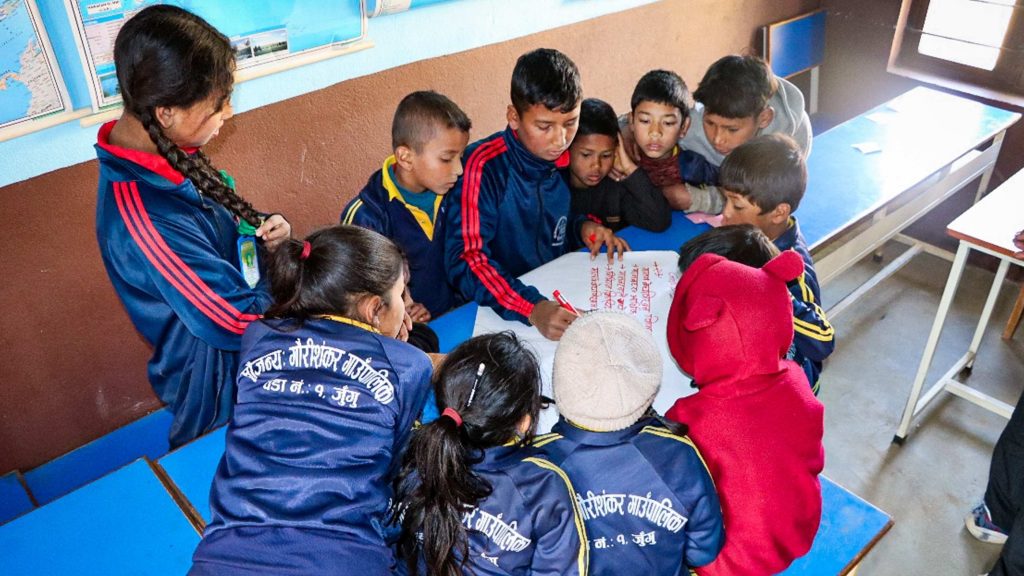
The sessions would not be possible without the expert facilitation of a dedicated team of a program manager, trainer, and field mobilizer, Apsara Budhathoki. These experienced individuals made sure that our message was not only delivered, but internalized by the students.
CVP serves as a beacon of hope by planting the seeds of awareness early. Our goal is to help build a generation that is informed, cautious, and resilient. More than just an educational or awareness effort, this initiative is a community movement—a call to protect the dreams of Nepal’s children from exploitation. We dream of saving women and children’s lives: one community at a time.
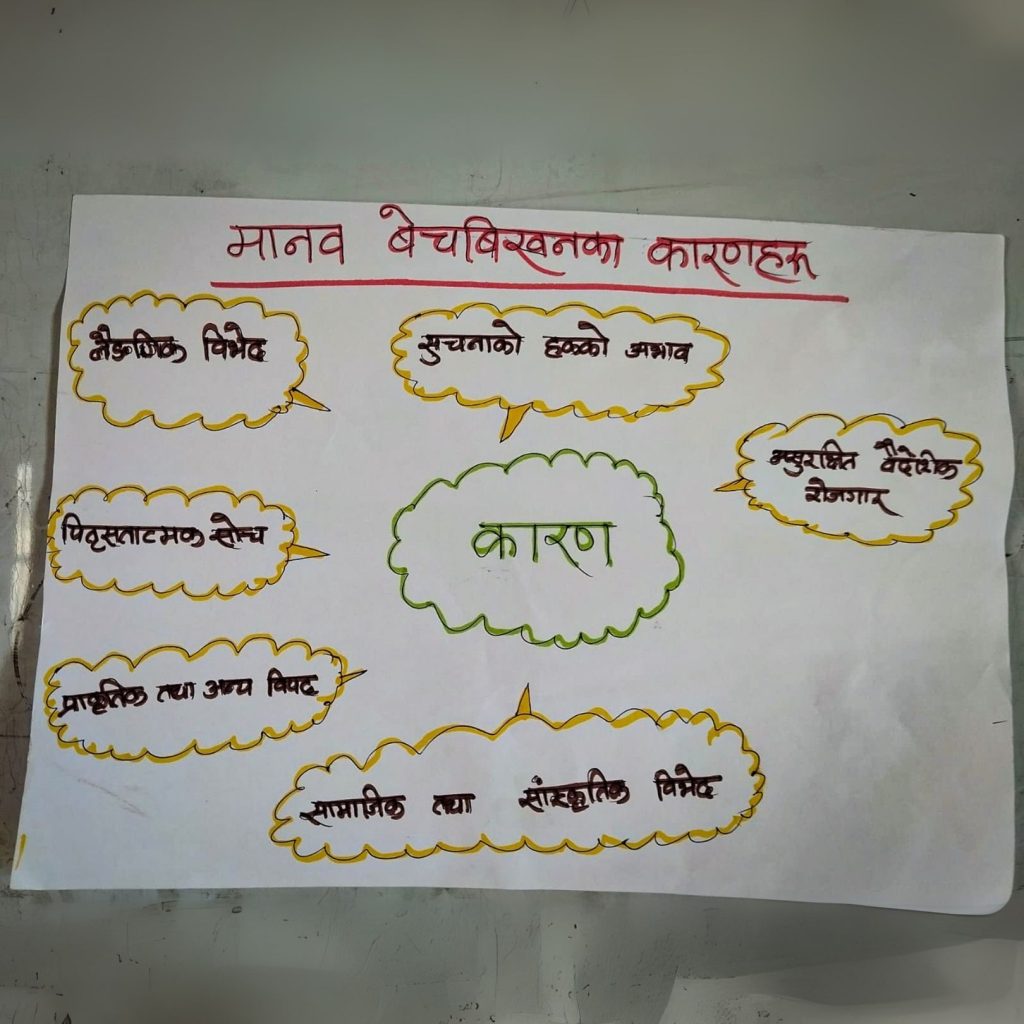
Our Partner

Be a Part of the Solution
Support the Captivating Village Development Program to help secure education for out-of-school village girls and provide families with the tools they need to escape extreme poverty.
Sustainable solutions start with your help.

